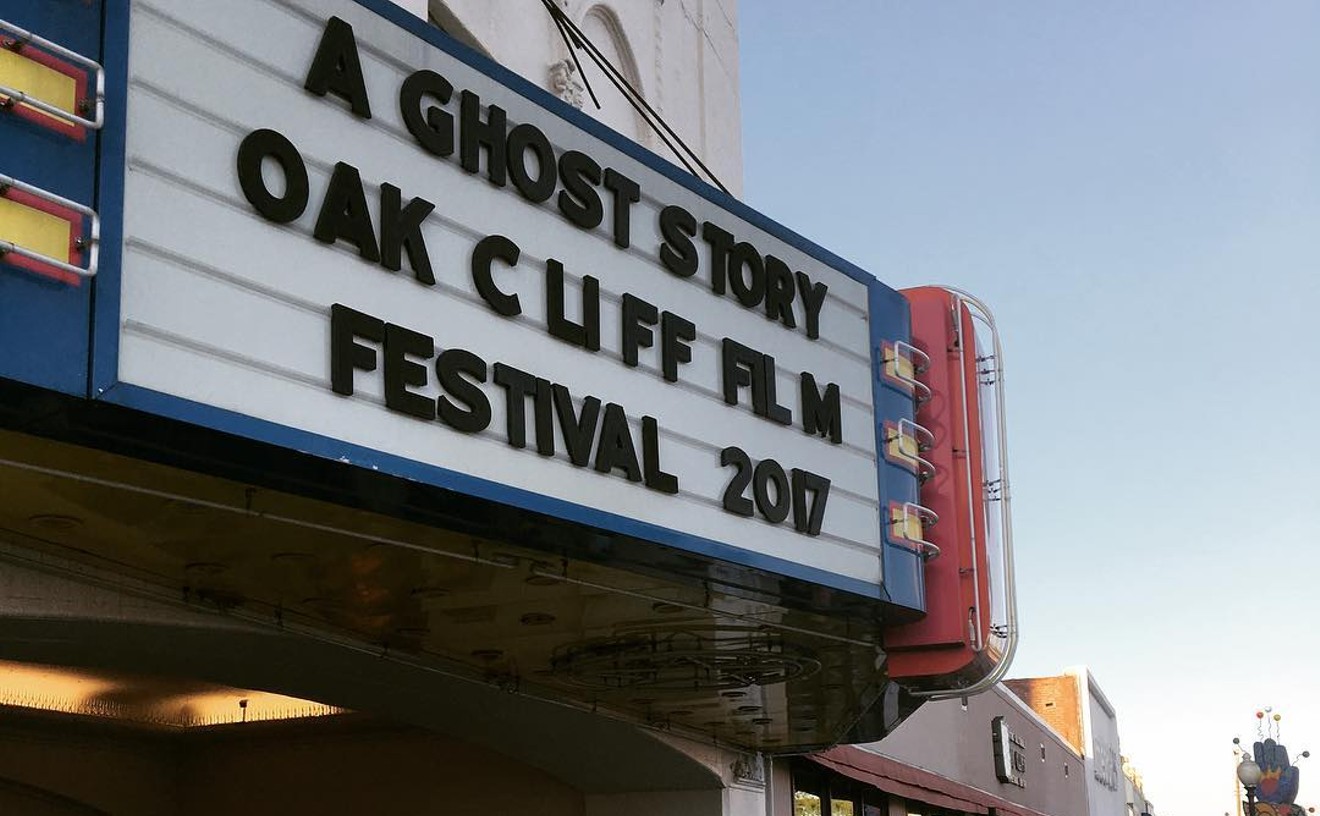I hadn't heard about it until my sister texted me a few weeks back, "So excited about the new snuff film!!!" I read that three times before I dialed her number to tell her what a bad person she was. "Smurfs," she texted me just before I was about to call. "I'm so excited about the new Smurfs film. Damn iPhone autocorrect."
This Friday, the Smurfs are indeed coming to a big screen near you. It's interesting for two reasons. One, because they're making such a dramatic reappearance after having been dormant little creatures for so long. And, also, because animation technology has so vastly improved since the Smurfs first appeared on the small screen. It's going to be kind of weird actually, I think, to see them in the 3D format.
Animation is a curious and constantly evolving art, and it's one of great interest in the contemporary art world now. In fact, the Barbican Art Gallery in London is featuring an exhibition, Watch Me Move: The Animation Show, until September 11.
A book of the same name has been released in conjunction with the show, and it "presents an extensive selection of animated imagery created over the past 100 years, from Felix the Cat, Mickey Mouse and Betty Boop to Astro Boy, South Park and Avatar, and covers a wide range of techniques, including hand-drawn, stop-motion, computer animation and more experimental forms."
It also includes a series of essays written by experts in the field of animation, as well as biographies of top animators and studios.
Alona Pardo, the curator of the Barbican Art Gallery, gave us her take on the exhibition, the book and animation in general. See the interview after the jump.
Animation seems to be universally loved. Why do you think that is? What is it that attracts people so strongly to animation? Animation occupies a unique place in our visual culture and successfully transcends cultural and generational boundaries partly due to the fact that animation is, in essence, a window into pure imagination and often populated by anthropomorphized characters such as dragons, dinosaurs and animals of every shape and size that can circumnavigate cultural and/or gender taboos and so are universally popular as we can all identify with them.
Animation is able to represent our inner world and dream state; it can redefine the everyday, subvert our accepted notions of 'reality' and challenge the orthodox understanding and acceptance of our existence. Animation can defy the laws of gravity, challenge our perceived view of space and time and endow lifeless things with dynamic, vibrant properties. All these factors have contributed to animation becoming a dominant force in our contemporary visual culture. Animation can at once be "cartoony," playful, comic, surreal, absurd, political, experimental and incredibly moving, which is why I think it is able to continually reinvent itself.
Storytelling is critical to the popularity of animation. A blockbuster like Toy Story 3 is not only praiseworthy for its iconic characters that have become household names, but also because, at its heart, lies a moving and sophisticated narrative that is beautifully brought to life through innovative technological means.
The exhibition is partly a story about technological advances. But animation is not a popular and prevalent art form due to its technology but rather because of the complexity of emotion it is able to convey.
Animation is similarly a cross-cultural art form, and although it has been dominated by an American canon for the last 70 years (post the establishment of the studio system), it is a truly global phenomenon. So the exhibition includes examples of both historical and contemporary Chinese, Japanese and European films that are enmeshed in their own cultural and historical traditions.
There are so many reasons for its enduring appeal, which also point to the fact that we have not yet exhausted its formal and aesthetic possibilities. In fact, it is increasingly being appropriated by contemporary artists and independent filmmakers who have all harnessed the power of the medium to tell highly personal narratives.
Our societal fascination with the moving image certainly predates any notion of cinema. Even in the Lascaux caves, for example, you see Paleolithic man experimenting with sequences of images of Bison and so on.
How did you personally become interested in animation? My knowledge of animation, I must confess, was fairly limited before I embarked on this project, but with the guidance and support of our esteemed advisors, which include Professor Paul Wells, Professor Suzanne Buchan, Gareth Evans, David Curtis, Keith Griffiths and Adam Pugh, we were able to bring this vast area of cultural production together to recount an exciting visual history.
Can you tell us more about the exhibition serving as a companion to the Watch Me Move book? Since its emergence around 130 years ago, animation has adopted a bewildering array of forms. The Barbican Art Gallery's current exhibition, Watch Me Move: The Animation Show, seeks to chart this history for the first time and bring many of its incarnations together, taking us from the earliest photographic experiments by the chronophotographers Etienne Jules-Marey and Eadweard Muybridge to stop-motion techniques to the latest in CGI.
It is partly a story then of technological advances. But, principally, Watch Me Move argues that animation's crucial component is imagination -- the vision of animators, from the teams behind blockbusters such as Toy Story to Japanese anime to the maverick contemporary artists that makes the discipline enduringly vibrant.
Organized thematically, the show follows a loose chronological timeline, beginning with [the section] Apparitions, which showcases pioneers of early cinema such as Winsor McCay, the Lumiere brothers and Ub Iwerks' early films for Walt Disney, which all testify to the use of animation in bringing the previously unseen into existence and giving the imaginary world a visual narrative form.
Popular favorites by Walt Disney, Aardman, Studio Ghibli, Warner Bros. and Pixar, amongst many others, are all brought together in two sections titled Superhumans and Characters. The former charts the transformation of the mere mortal into the superhuman (good or villainous) such as Popeye consuming spinach or Golem from The Lord of the Rings.
Whilst Characters brings together a cast of familiar figure -- from Betty Boop, Yogi Bear, and Bugs Bunny to the more subversive characters of The Simpsons and South Park -- that demonstrate animation's ability to construct complex and powerful characters.
In Fables & Fragments we pay homage to animation's ability to interpret fables, as well as construct new ones from the early 20th century right through to the present day. The transference of age-old stories to the new filmic medium was eased by the persistence of traditional storytelling devices -- notably, puppets and graphic illustrations, which could now be photographed and animated rather than simply presented in sequence.
Lotte Reiniger's The Adventures of Prince Achmed from 1926, to name but one of the many films shown in this area of the exhibition, is a most ambitious shadow-puppet animation [film] and one in which Reiniger roamed freely across cultures for inspiration and content.
Experimenting with formal concerns, the filmmakers and animators featured in Structures are mainly concerned with the materiality of celluloid itself, from scratching, cutting and painting it to playing with its structural framework.
In the first half of the 20th century, artists such as Viking Eggeling, Oskar Fishinger, Fernand Leger and Stefan and Franciszka Thermerson all pursued parallel experiments in the formal possibility of film. Form is inseparable from content in Chuck Jone's Duck Amuck, which offers an improbable master class in structural filmmaking by seamlessly merging popular cartooning with conceptual game playing.
Finally, the last section, Visions, points to animation's ability to conjure up entire new virtual worlds with the help of technology. Steven Lisberger's pioneering film Tron (1982) took the aesthetics and systems of the nascent video game industry and expanded them into a whole world vision.
What is it that you hope readers will get from this book? Both the book and exhibition have been organized to demonstrate the sheer breadth of animation; to aid in the understanding of and document its rich history; to reconsider its cultural value in light of its relationship to cinema and film history (of which it is often perceived as the poor second cousin); to allow us to understand its sources; and so on.
I believe animation has often been overlooked as a secondary art form, and we hope to reassess and re-evaluate its cultural significance through both the exhibition and the book.
How did you go about compiling the book and how did you decide what and who made the cut? Compiling the book was a huge challenge. There are over 110 films in the exhibition and countless objects. But we began with a much larger pool of material, of course, which we had to carefully edit down. It is a process of refinement of over many months. But, in the end, it really comes down to the power of the individual work. You have to constantly ask yourself, "What is this work adding to the overall story? Is there another work that achieves this more successfully?" and so on. It is a slow and painful process of elimination.
In what way does the history of animation speak to our social history? This is, of course, a huge question but much like any other art form, it is shaped by the socio-political context out of which it is inevitably made and in some cases has also helped to shape contemporary culture. The establishment of the studio system, especially Walt Disney in the US, has no doubt had a huge impact on our entertainment culture, as well as our loyal following of popular characters such as Mickey Mouse, Yogi Bear and Bugs Bunny over the last 50 years.
However if you look at some of the animations coming out of Eastern Europe in the 1960s, such as Jiri Trnka's seminal puppet animation The Hand (1965), which has been cited as contributing to the so-called Prague Spring, animation has a strong political resonance with the ability to challenge ideologies as well as offer up a critique of the status quo.
The Smurfs in 3D opens nationwide Friday.










